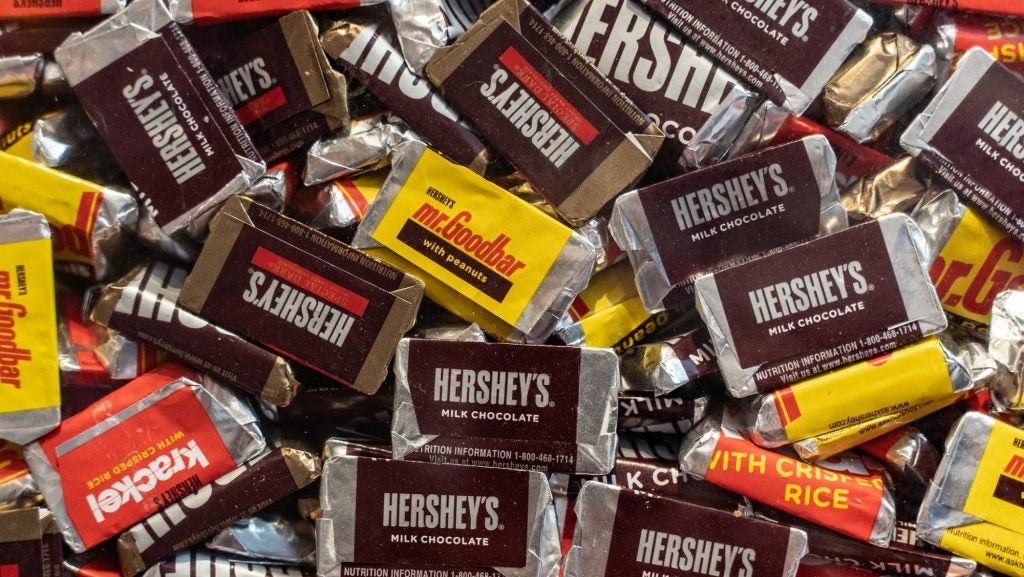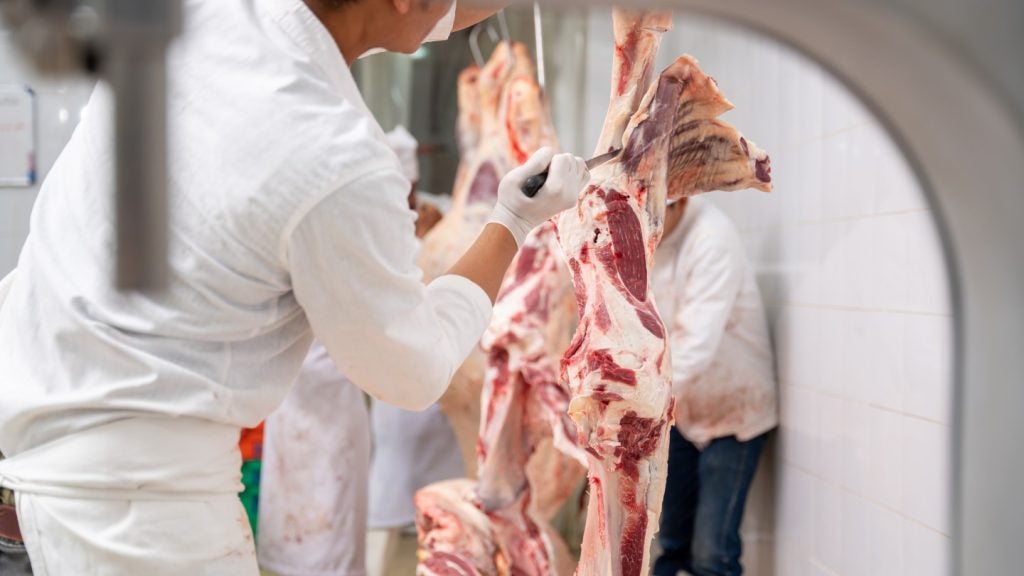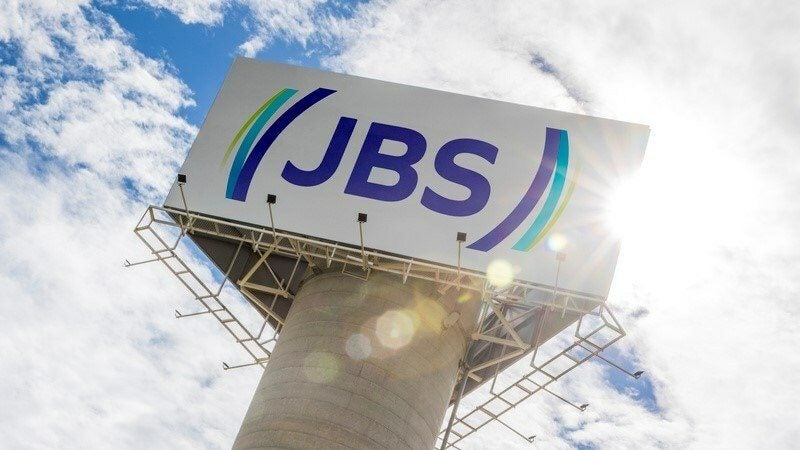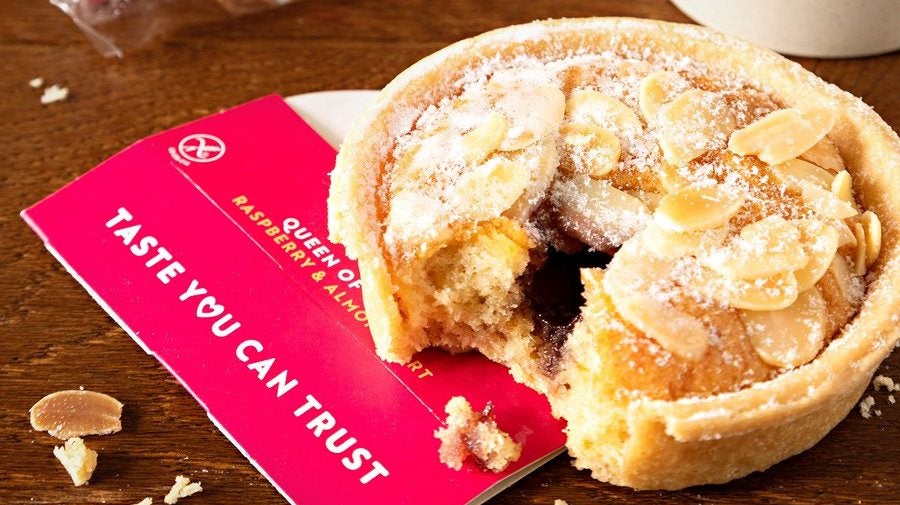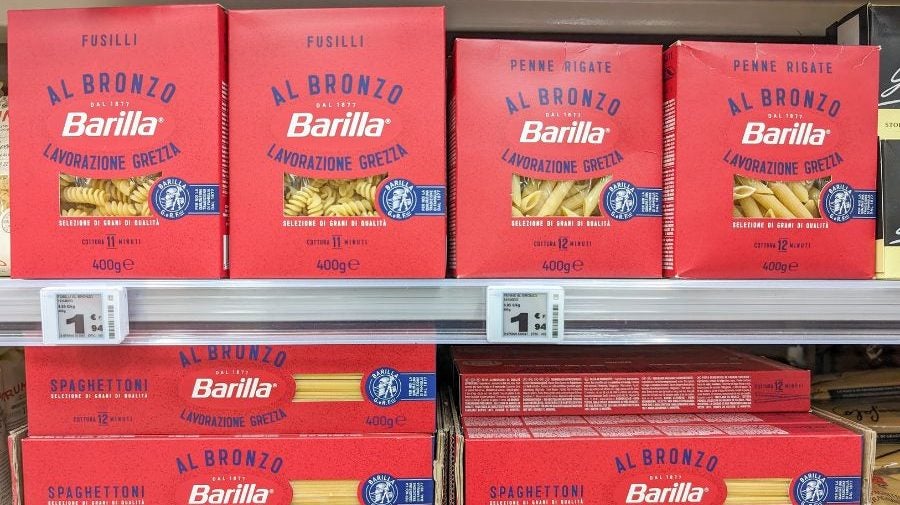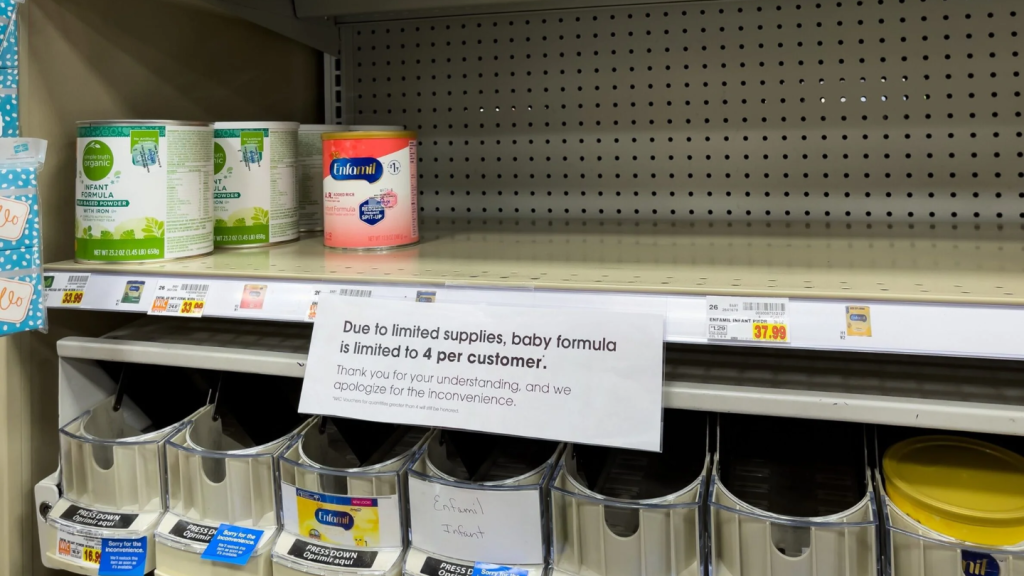After 20 years at Hershey and eight as CEO, Michele Buck is to step down from the helm after reshaping the company into more than a chocolate and candy maker.
However, Buck’s exit comes as the US giant is wrestling with some big strategic issues.
On Friday (10 January), Hershey announced company veteran Buck had told the company’s board she plans to leave the business in June next year.
Victor Crawford, the group’s lead independent director, said Buck had “made innumerable marks on Hershey”, describing her “as the key architect of the company's expansion into broader snacking categories”.
Buck was promoted from COO to chief executive in March 2017 and, before that year was out, had announced a deal to buy US savoury-snacks maker Amplify Snack Brands for $1.6bn.
It was a deal that gave Hershey the SkinnyPop popcorn brand and, even after the company offloaded other assets it acquired from that transaction, its taste for savoury snacks remained.
A year later, Hershey snapped up B&G Foods’ Pirate Brands for $420m, which gave it the Pirate’s Booty brand. In 2021, Hershey paid a combined $1.2bn for two domestic suppliers of pretzels – Dot’s Homestyle Pretzels and Pretzels Inc. Two years ago, a smaller deal was announced in popcorn with the acquisition of two popcorn factories from Weaver Popcorn Manufacturing.
Hershey still had a sweet tooth under Buck – 2021 also saw the Kisses maker buy US business Lily’s Sweets but, in a further sign of the company’s trend-watching, the new asset was centred on lower-sugar treats.
Away from M&A, Buck sought to improve the performance (and profitability) of Hershey’s international operations, a set of assets that had long proved testing for the company.
Value creation
Analysts also point to investments the group made in areas such as innovation and analysis.
“Buck created significant value during her tenure by expanding the portfolio and upgrading internal capabilities,” TD Cowen analyst Robert Moskow said on Friday after Hershey announced the impending change at the top of the business.
However, Buck’s successor will have some significant challenges on their plate, ranging from pressure on chocolate sales in the US (still an important part of Hershey’s business), price-conscious consumers Stateside searching for value, the prospect of more political scrutiny on less healthy foods under the second Trump administration and the ongoing volatility in cocoa prices.
In November, Hershey lowered its forecasts for its net sales and earnings per share in 2024 amid what CEO Buck then called “a challenging consumer environment”.
Hershey, which is set to report its full-year figures next month, is expecting flat net sales, down from its previous guidance of growth of around 2%. It forecast its reported EPS would be down by as much as 9%.
Speaking to analysts in November, Buck said Hershey had seen more competition in the US and overseas. Domestically, that had come from smaller players and private label; overseas, Hershey had seen its global rivals “really deal back somewhat deeply on price point”.
But it’s in North America where Hershey’s new CEO will be most focused. The region remains the bulk of the company’s business, representing more than $10bn of its $11.2bn in net sales in 2023.
“Where we are really focused is how do we really have the right offerings, the total value proposition,” Buck said in November. Hershey, she indicated, was facing smaller players with “competitive velocities” (or sales by distribution point).
“If we look at instant consumables, it’s always about the highest velocity items everywhere,” Buck said. “There are some instances where we put out some innovation and shelf space that we took during the pandemic and the items we're doing okay but now there are some smaller players who came in and have competitive velocities. We need to switch out some of the items we have for even stronger items.”
Challenges abound
There is the concern, however, that companies like Hershey could be facing something more fundamental in its domestic market: consumers’ search for value. In the face of the significant cost inflation seen in 2022 and 2023, large CPG players were able to secure price increases, which drove revenue growth. Now, the packaged-food majors face a battle in growing volumes after taking price – and may need to invest accordingly.
“We continue to believe that many food and beverage brands need to reset their prices and margin structures lower to improve their value perception with consumers,” Moskow says.
In a week’s time, President-elect Donald Trump will be inaugurated for a second time. With industry critic Robert F. Kennedy Jr. set to become US Health Secretary, there is likely to be some nervousness in food-industry boardrooms about the prospect of his incoming administration giving more attention to the make-up of the more processed elements of their product portfolios. Some states have already indicated they are prepared to act.
And that’s not the only health-related headache facing the new Hershey CEO (and their peers). The rise of GLP-1 drugs is being closely watched for signs of how their use could affect the sales in certain product areas. A study by Cornell University and consumer-insights group Numerator has claimed users of GLP-1 drugs in the US cut their grocery spending by an average of 5.5% in the six months after taking the medication. As you’d expect, the reductions vary by category; sales of savoury snacks slid 11%, while the researchers reported “directional increases” in the sales of yogurt and fresh produce.
One other set of numbers that chocolate-industry executives continue to pore over is cocoa prices. Cocoa futures contracts reached new highs in December, clouding the pricing outlook for chocolate confectionery manufacturers grappling with inflated costs.
Adverse weather in the key growing cocoa region of west Africa pushed up prices of the commodity, compounding a shortage of supply which is set for a third year of a stockpile deficit. Prices were already on an upward path in 2024 due to poor harvests in west Africa.
When Hershey cut its 2024 sales and earnings forecasts in November, Buck said its year-to-date results had been affected not just by “a challenging consumer environment” but she also cited “historically high cocoa prices”.
At the time, CFO Steve Voskuil said Hershey was “well hedged for 2024” but was seeing a “significant step-up” in prices for the year ahead in cocoa beans but also ingredients such as cocoa butter and cocoa liquor.
Last week, Bloomberg reported Hershey had asked the US derivatives regulator, the Commodity Futures Trading Commission, for permission to buy more than 90,000 metric tons of cocoa through the New York exchange. Hershey did not return a request for comment when approached by Just Food.
“Hershey’s quarterly US candy/mint/gum share has generally declined since 2022 and, with category innovation resulting in limited consumption traction, likely structurally higher prices unfolding for key inputs (cocoa), and heightened government focus on processed foods and ingredients, all while consumers are struggling to adjust to the last round of cost push, Hershey likely faces a bumpy path over the next few years,” Mizuho Securities analyst John Baumgartner said today. “We aren’t particularly surprised by Ms. Buck’s timing.”
There is, Baumgartner adds, no “clear, internal successor” to Buck.
Takeover interest
Last month saw Michael Del Pozzo, the president of Hershey’s US confectionery business unit, leave the company, prompting Buck to assume direct leadership of the division temporarily.
December, of course, also saw Hershey itself become the subject of takeover talk. Bloomberg reported Mondelez International had made a “preliminary approach” for Hershey, apparently renewing its interest in its US rival after being turned away in mid-2016.
As you’d expect, Mondelez and Hershey refused to comment publicly but the report drove up the Reese’s maker’s shares (while denting Mondelez’s) and sparked chatter among Wall Street analysts about what could lie ahead.
Alongside an announcement of a new share buyback, the Oreo owner did seek to set out its thinking on M&A – which it said is “focused on bolt-on assets” similar to its recent deals for Greece’s Chipita in 2021 and Mexico’s Ricolino a year later.
When assessing the possible rationale for Mondelez to look again at Hershey, analysts outlined a series of factors, including a desire to expand in the US chocolate market and a broader range of sugar confectionery but also more fundamental reasons such as the volatility in cocoa prices and Mars’ move for Kellanova earlier in the year.
There were (are?) potential problems that are specific to a possible Mondelez/Hershey deal: the nature of Hershey’s ownership and its US licence to Nestlé brands.
Whether Mondelez returns to the table is unclear but the possibility that Hershey could be of takeover interest only adds to the uncertainty surrounding the business as it looks for a new CEO.


